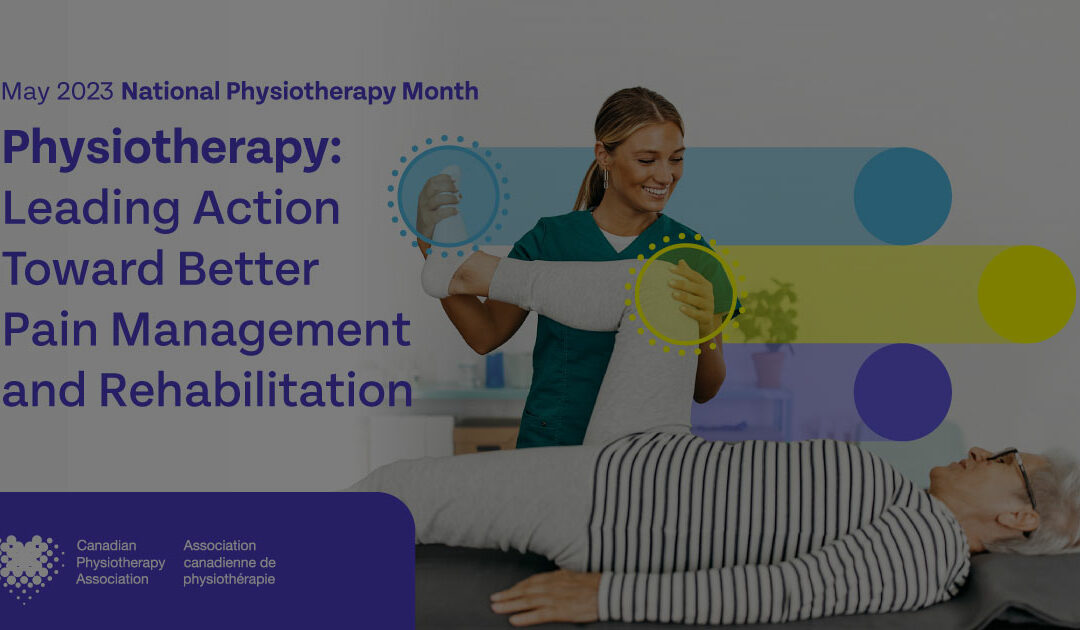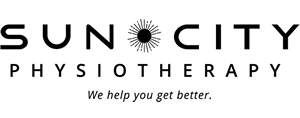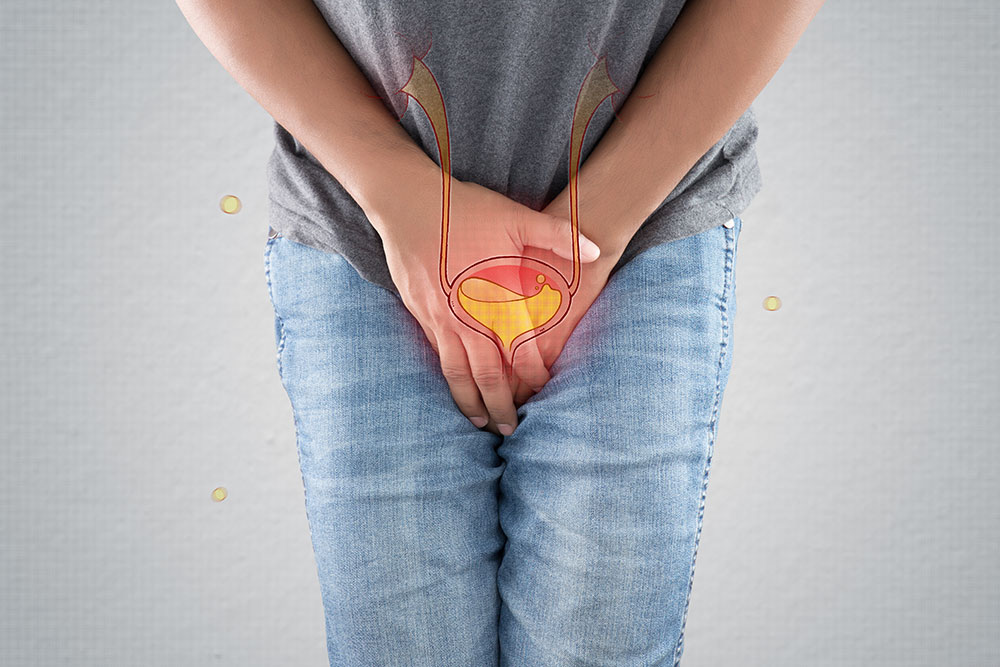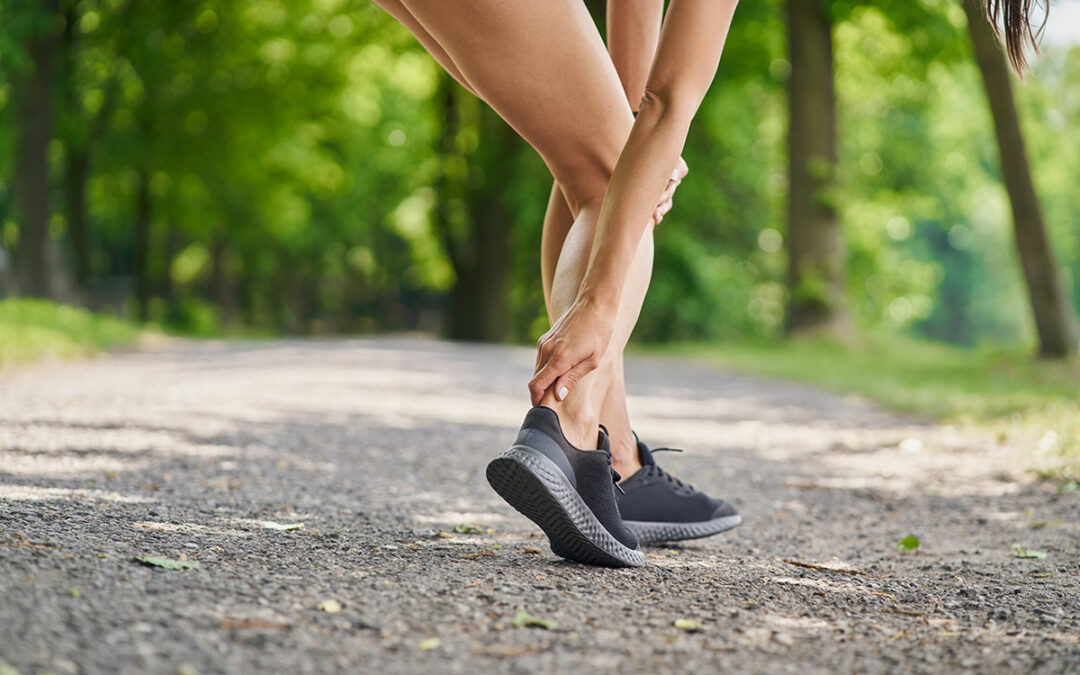
What Does a Physiotherapist Do, and Why Should I See One?
What Does a Physiotherapist Do, and Why Should I See One?
May is Physiotherapy Month. It’s a great time to explain how Physiotherapy can help keep you moving, and what to expect when you see a physiotherapist for treatment.
Injury
When we are injured, our bodies often compensate in less than ideal ways. This compensation can mean that things don’t feel right when you return to your favourite activity. A physiotherapist is trained to identify what compensations your body has made, and how to correct them. This is a vital step in your recovery process, and can help minimize your risk of re-injury.
Assessment
Getting to the root of your injury or condition is the first step in your recovery process. Your physiotherapist will start by listening to you regarding how the injury occurred, how it is limiting you and what your goals are. They will watch you move and test individual muscle strength to find out what is actually causing your pain and limitations.
Treatment
You may be surprised to learn the broad areas of treatment in which a physiotherapist can help. We treat all areas of muscle and tissue injuries; and many – as in the s at Sun City Physiotherapy – can help with: sports injuries, spine (back and neck) pain, TMJ (jaw) problems, vertigo, scoliosis, pelvic health, concussions, whiplash, work injuries, and others.
Methods
If you’ve seen a for a past injury or condition, you may have had manual or manipulative therapy. It’s how we describe our hands-on approach to treatment. However, in some cases – depending on your injury – your physiotherapist may use any combination of the manual therapy with interferential machines, shockwave therapy, intra-muscular stimulation (IMS/dry needling), acupuncture, exercise prescription, or pain management modalities. It all depends on how your therapist assesses your injury, and the rehabilitation plan they develop for you.
Recovery
Getting back to what you love doing is important. It’s why you are seeking treatment. Your physiotherapist will advise you on how and when you can return to your activity or sport. If it is too soon in your recovery process, your physiotherapist will often recommend alternative activities that will allow you to maintain or improve your fitness level while not making your injury worse.
Timelines
How long will it take before I’m feeling good again? This is question we hear the most. Although we all wish we had a crystal ball, the reality is that every person’s body and injury will be slightly different. However, a physiotherapist has the knowledge and training to be able to give you a general time frame (weeks vs months) as to how long your recovery will be, and how to go about getting started!
It’s important to remember that in most cases, you do not need a referral to see a physiotherapist, however some insurance plans may require a referral from your doctor. We can answer that question for you when you call to book your appointment.
If you are injured, Physiotherapy can help keep you moving.


